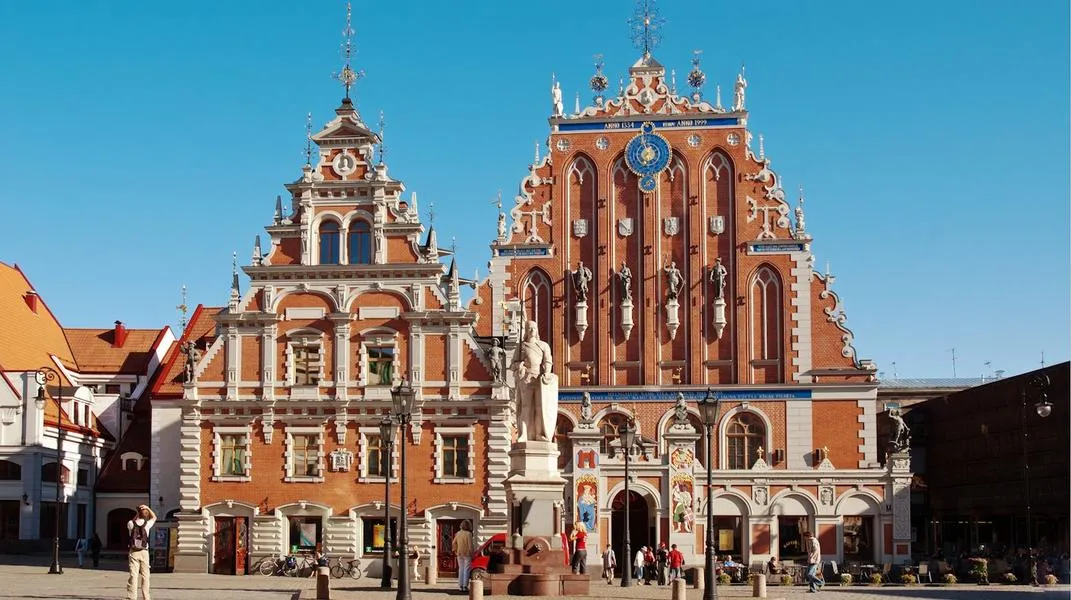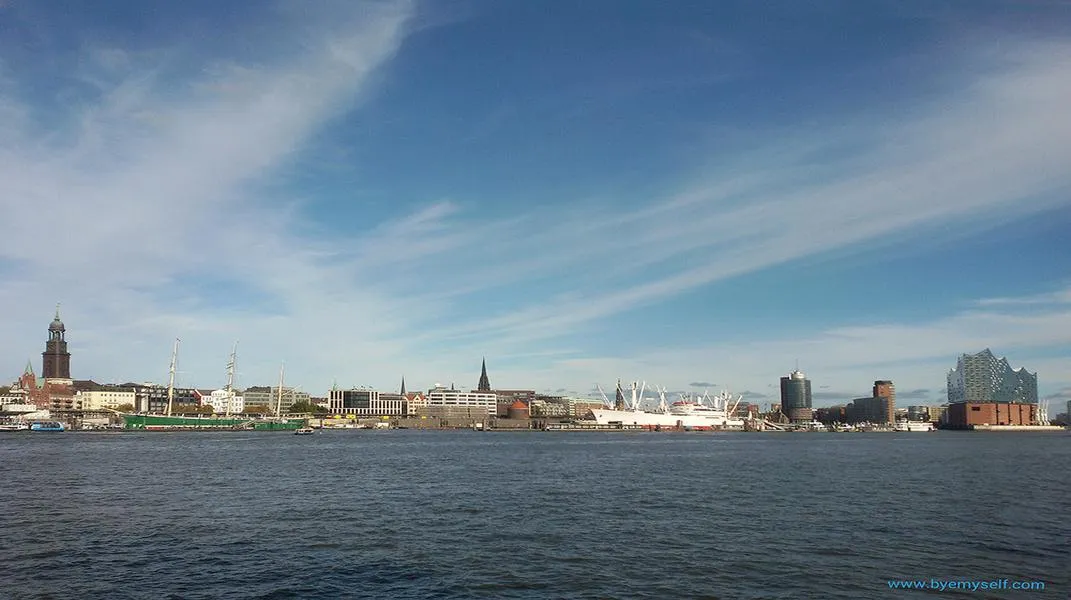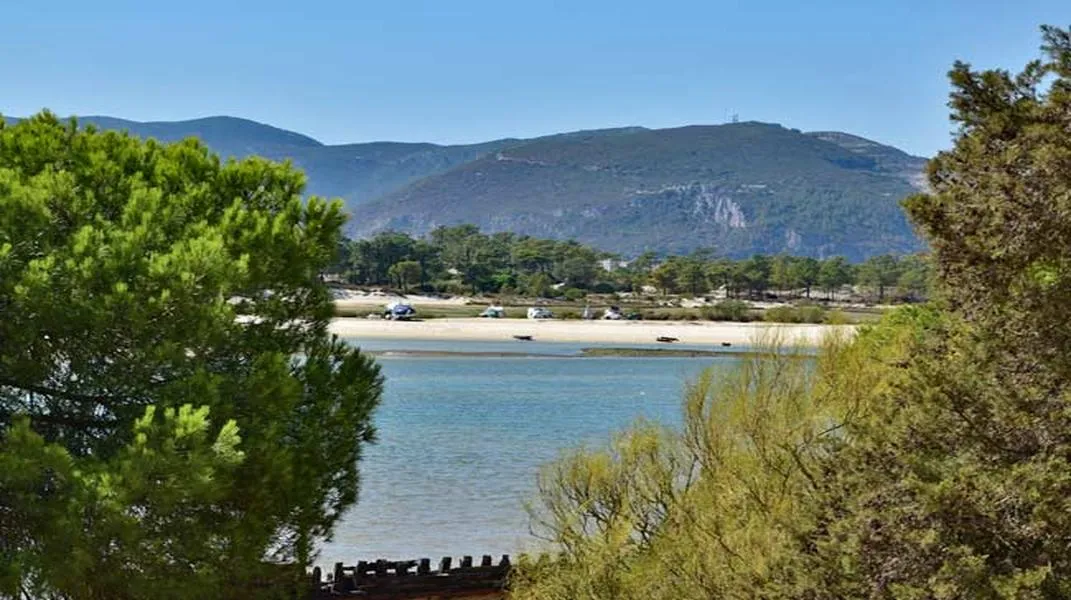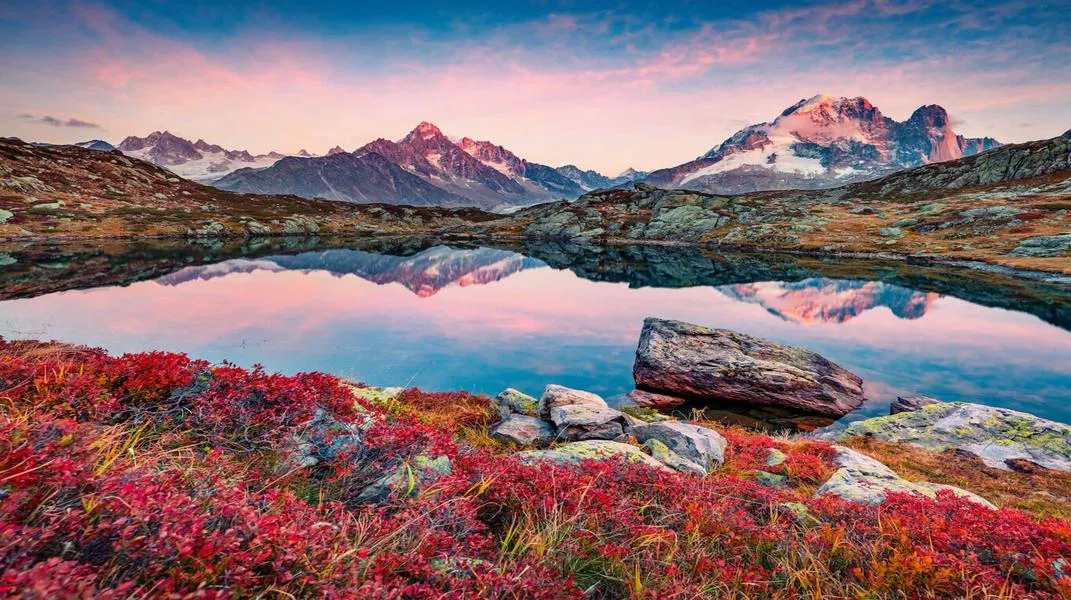Discovering Riga: A Comprehensive Guide to Latvia’s Enchanting Capital
Riga, the capital of Latvia, is a city that effortlessly marries the old with the new. It is a place where medieval architecture coexists with contemporary culture, and where cobblestone streets lead to vibrant markets and lush parks. This article aims to provide an in-depth look at what makes Riga a must-visit tourist attraction, along with essential materials and tips for an unforgettable journey.

A Glimpse into Riga’s Rich History
Riga’s history dates back to 1201 when it was founded by Bishop Albert of Bremen. Since then, it has evolved into a significant trading hub thanks to its strategic location on the Baltic Sea. The city has witnessed numerous influences from German, Swedish, Russian, and Polish cultures, which are evident in its architecture, cuisine, and traditions.
In 1997, the Old Town (Vecrīga) was designated a UNESCO World Heritage site, recognized for its well-preserved medieval buildings and unique urban layout. Walking through its narrow streets feels like stepping back in time, with stunning brick Gothic churches, ornate Art Nouveau facades, and picturesque squares.
Key Attractions in Riga
1. Old Town (Vecrīga)
The heart of Riga is its Old Town, known for its charming cobblestone streets, colorful buildings, and historical landmarks. The most notable sites include:
- St. Peter’s Church: This iconic church boasts a stunning tower that offers panoramic views of the city. Its interior features beautiful wooden altars and intricate stained glass windows.
- Riga Cathedral: Known as the largest medieval church in the Baltic states, it showcases a mix of architectural styles, including Romanesque and Gothic, and houses an impressive organ.
- House of the Blackheads: This striking building, originally built in the 14th century, is adorned with intricate decorations and serves as a symbol of Riga’s merchant history.
2. Art Nouveau District
Riga is home to one of the largest collections of Art Nouveau architecture in the world. The Alberta iela street is a highlight, featuring buildings adorned with elaborate facades, sculptural elements, and decorative motifs. A stroll through this area is a visual feast for architecture enthusiasts.
3. Central Market
Situated in old zeppelin hangars, the Riga Central Market is one of Europe’s largest and most vibrant markets. It offers a plethora of local produce, meats, dairy products, and handmade goods. Visitors can sample traditional Latvian foods, such as rye bread, smoked fish, and various dairy delicacies.
4. Riga Castle
Overlooking the Daugava River, Riga Castle is the official residence of the President of Latvia. The castle has undergone multiple renovations and now hosts several museums, including the Museum of the History of Riga and Navigation.
5. Freedom Monument
This iconic monument, erected in 1935, stands as a tribute to the soldiers who fought for Latvian independence. It is a beloved symbol of national pride and is often surrounded by flowers and visitors.
6. Latvian National Opera
For culture enthusiasts, a visit to the Latvian National Opera is a must. The beautiful building offers a range of performances, including opera, ballet, and theatrical productions. Even if you don’t catch a show, the architecture itself is worth admiring.
Preparing for Your Visit to Riga
To make the most of your trip to Riga, consider preparing the following materials and tips:
1. Travel Documents
Ensure that your passport is valid for at least six months beyond your planned departure date. Depending on your nationality, you might need a visa to enter Latvia, so check the requirements in advance.
2. Accommodation
Book your accommodation in advance, especially during peak tourist seasons (late spring to early autumn). Options range from luxurious hotels to budget hostels and cozy guesthouses. Staying in or near the Old Town will allow you to explore the city's attractions on foot.
3. Travel Insurance
Consider purchasing travel insurance that covers medical emergencies, trip cancellations, and lost belongings. This will give you peace of mind during your travels.
4. Local Currency
Latvia uses the Euro (EUR). It’s advisable to have some cash on hand for small purchases, though credit and debit cards are widely accepted. ATMs are easily accessible throughout the city.
5. Language Basics
While many locals speak English, learning a few basic Latvian phrases can enhance your experience. Simple greetings such as "Labdien" (Good day) and "Paldies" (Thank you) go a long way in showing respect for the culture.
6. Clothing and Weather Considerations
Riga has a temperate maritime climate, with warm summers and harsh winters. The best time to visit is from late spring to early autumn when the weather is pleasant. Pack layers and comfortable walking shoes, as you will likely spend a lot of time exploring on foot.
7. Sightseeing Essentials
- Camera: Capture the stunning architecture and vibrant street scenes.
- Guidebook or Mobile App: A guidebook or a reliable travel app can help you navigate the city and uncover hidden gems.
- Map: While digital maps are convenient, having a physical map can be helpful in areas with limited internet connectivity.
8. Local Transportation
Riga has a well-developed public transport system, including buses, trams, and trolleybuses. Consider purchasing a transport card for convenience. Alternatively, walking and cycling are great ways to explore the city.
9. Food and Dining
Riga’s culinary scene is diverse, with options ranging from traditional Latvian dishes to international cuisine. Don’t miss trying local specialties such as:
- Grey peas with bacon: A hearty dish that reflects Latvian farming traditions.
- Rye bread: A staple food that is a must-try for any visitor.
- Smoked fish: You’ll find a variety of smoked fish at the Central Market.
10. Local Etiquette and Customs
Understanding local customs can enhance your experience. For instance, it’s customary to greet people with a smile and direct eye contact. When dining, it is polite to wait for the host to start eating before you do. Additionally, tipping around 10% is appreciated in restaurants.
Conclusion
Riga is a city that invites exploration, offering a rich tapestry of history, culture, and modernity. From its charming Old Town to the stunning Art Nouveau district and vibrant markets, there’s something for everyone. By preparing adequately and embracing the local culture, your visit to this enchanting city will be unforgettable.
So, pack your bags and get ready to experience the magic of Riga, a city that promises to captivate your heart and soul. Whether you’re an architecture enthusiast, a history buff, or a foodie, Riga is a destination that will leave you with cherished memories and a longing to return.




